Friday Digital Roundup
The Friday Digital Roundup is a witty take on the weird world of the internet. With fun stories from around the globe, it’s the only email newsletter you’ll actually read and enjoy!
We do love writing it, but clearly not as much as people like receiving it - just look at the response we got when a technical hitch meant it wasn’t sent out on time!
@Spaghetti_Jo
Coffee and the FDR is how I start my Friday.
Do not engage until I have devoured both
When it comes to the end of the week, there is no better way to start a Friday than with a run around the internet with Todd and Jo in the FDR. Just don't let them know I do it from the loo!
@Spaghetti_Jo
My inbox is full of rubbish newsletters that Im constantly deleting😬 My VIP inbox is for 1 thing only- THE DIGITAL ROUNDUP🤠I dont read a Newspaper or the news online, I just wait for Fridays, when this lands in my inbox- then I know ‘The weekend has landed’🤗
Get the Friday Digital Roundup and see what everyone’s talking about.
We may look like cowboys, but we’ll never abuse your data! Find out what we’ll do with it here, partner.
Spaghetti Blog
WTF Is Mastodon And Why Is Everybody Leaving Twitter?
This week there’s been lots of talk of Twitter and its new rival, Mastodon, circling the online space. With Twitter followers in complete disarray since Elon Musk claimed the platform last month, a new open-source, decentralised social media platform has welcomed thousands of new users. Whether you’re an avid Twitter user or are just wondering what on earth is going on, here’s everything we know so far…
WTF Is Mastodon And Why Is Everybody Leaving Twitter?
Let’s rewind
Unless you’ve been living under a rock, you’ve probably already heard that Elon Musk has branched out from designing swanky Teslas and engineering spacecraft at SpaceX. As a man of many talents, lots of money, and more businesses than you could shake a stick at, he’s only gone and bought bloody Twitter.
Since Elon Musk brought the social media platform for around $44 billion last month, there’s been a few changes to the 16-year-old company, including over 3,700 of the 7,500 Twitter employees losing their jobs and a shiny new price tag for those that wish to pay for blue tick verification. Ouch.
Since the shit show over on Twitter only seems to be getting worse, Mastodon, named after an extinct relative of mammoths, is beginning to take off faster than Elon’s rockets.
Welcome to the Fediverse
Launched in 2016 by software developer Eugen Rochko, Mastodon is described as a free, open-source, decentralised social media platform. Its software was developed by Mastodon GmbH, a German non-profit organisation, led by Eugen Rochko himself.
Mastodon is known as a federated network, meaning a collection of thousands of social networks run on servers across the world, all linked by the Mastodon technology, on a platform known as ‘The Fediverse’.
Despite sounding like another planet, The Fediverse is made up of interconnected servers that communicate with each other based on networking protocols. In short, it puts the control in the users’ hands, rather than being managed by a big organisation such as Facebook, Twitter, Instagram, and other mainstream platforms. Mastodon is installed on thousands of computer servers, largely run by volunteer administrators who join their systems together in a federation. This gives the user more freedom to make changes and control who has access to their posts and data.
Being an open-source server means that users can contribute by fixing bugs, adding new features, and translating its interface into different languages. No single person or company has more authority over another, and no user can shut the system down.
No ads?
I know, I got really excited about this too.
Unlike Twitter, Mastodon shows posts in chronological order, rather than an algorithm. Mastodon is largely crowdfunded, so the servers are funded by the people using them. Mastodon Social and Mastodon Online, two servers that Mastodon oversees, are funded through Patreon, a membership and subscription service platform used by creatives.
Did you just toot?
Rather than Tweets, the platform allows you to publish short posts known as Toots, that can be shared with as many or as few people as you wish. Mastodon allows you to choose who sees your individual posts and gives you the option to make them public, only for followers or for a select audience. You can also favourite (like), and boost (repost) other people’s toots.
They totally missed a trick there by not calling it ‘re-tooting.’
So, what’s the difference?
Mastodon believes that your home page should be filled with what matters to you as a user, rather than what money-making corporations want you to see.
Unlike Twitter, Mastodon doesn’t have the ability to make its users, or the people who create servers, do anything. That includes establishing content moderation, or rules for what posts to keep up and what to take down. Each server creates its own rules and regulations, so it’s your choice to join a server with the rules you agree with, or you can host your own.
How do I join?
1. Sign up to a server
To join Mastodon, you need to sign up for an account on a server. This server will later become the home to your account, profile, and feeds. Most servers allow for immediate registration, whilst others you might have to wait a few minutes to be accepted. You can join whichever server you want to be a part of and can switch servers later without losing any followers.
2. Verify your account and create a username
Once you’ve verified your email, you can create your username. Your handle will be your username, plus the address of the server attached. As an example, if you joined a UK server, your handle would be @yourusername@mastadonapp.uk
3.Find the people you wish to follow
You can connect with your friends the same way as you would on Twitter by searching for their usernames. If they’re on the same server, you can search for their name. If they’ve joined another server, you’ll need the full address.
4. Join in
Now you have an account, you can customise your profile and begin posting whatever content you wish to share. You can post toots, like and share other people’s toots and join in the conversation. You can follow anybody on the network, regardless of whether they’re on the same server. You’ll see their toots on the home page and if they follow you, they can see yours too.
What can I post?
Whether you’re looking to publish your art, share your music, or launch your own podcast, Mastodon has no restrictions when it comes to creativity. Mastodon supports audio, video and visual posts, accessibility descriptions, polls, content warnings, custom emojis, thumbnail crop control and more.
Thoughts and feelings
Overall, I’m excited to see what Mastodon can do and am interested to see just how many users switch from trusty Twitter to this new personable platform. I love what Mastodon stands for and am all for user-first accessibility. I don’t personally think that Mastodon will replace Twitter, but it does have many similarities without the restrictions.
I really hope that Mastodon sticks to its word regardless of how big the platform becomes over the next few months.
I’m interested to know your thoughts on the new social platform and would love to know whether you’ll be sticking with Twitter or dabbling with Mastodon.
If you’re feeling a little bit lost when it comes to your social accounts, get in touch. We may be able to take care of your social media for you.
Tags associated with this article
social media marketing TwitterPost a comment
We'd love to know what you think - please leave a comment!
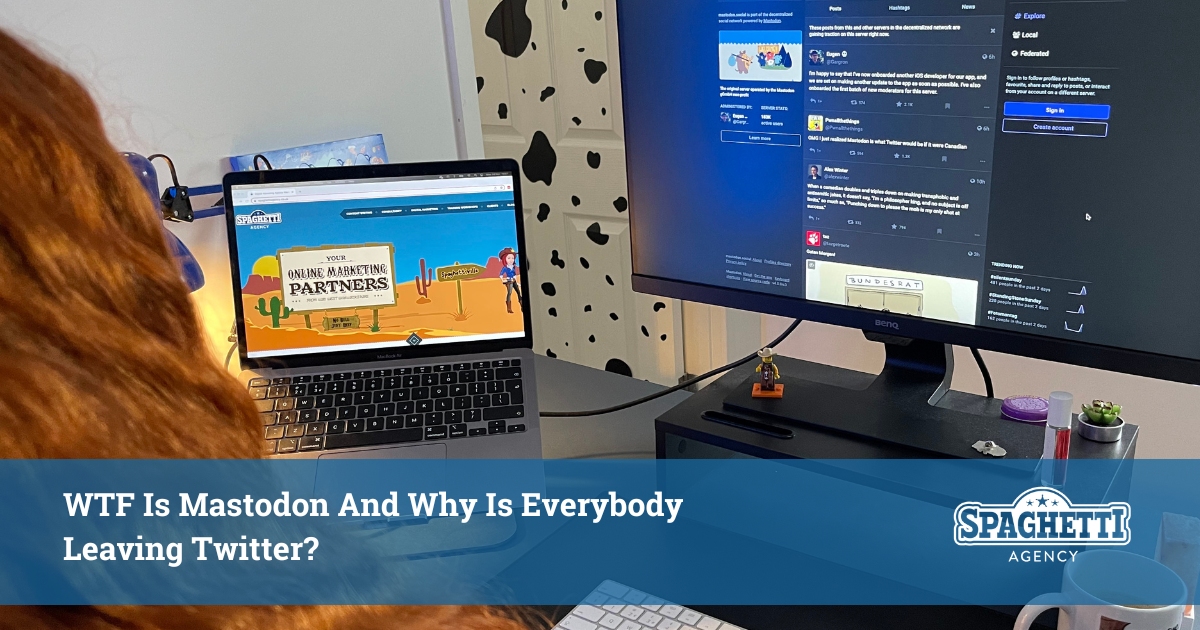
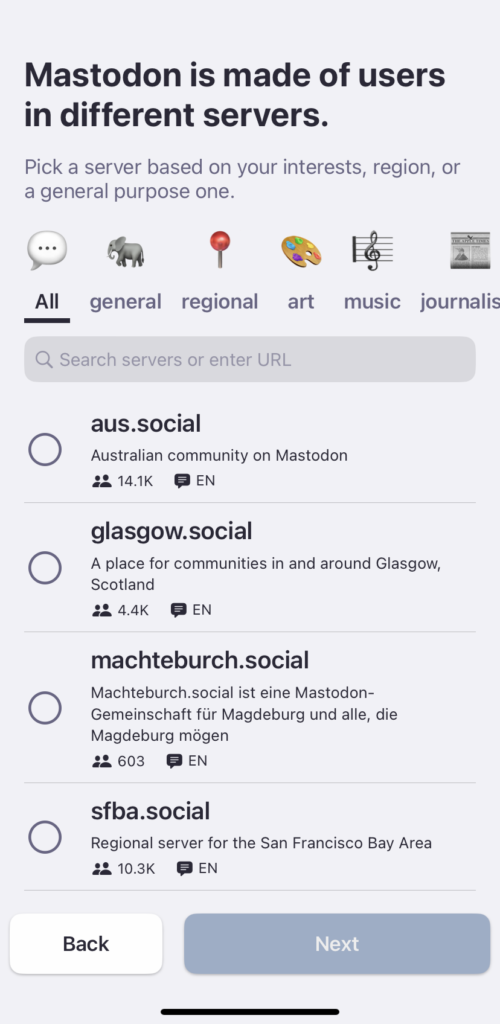
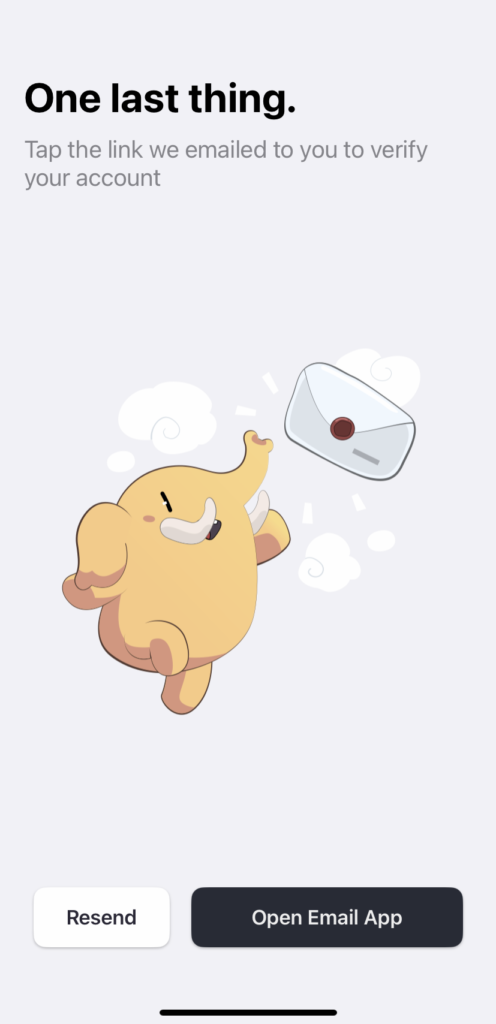
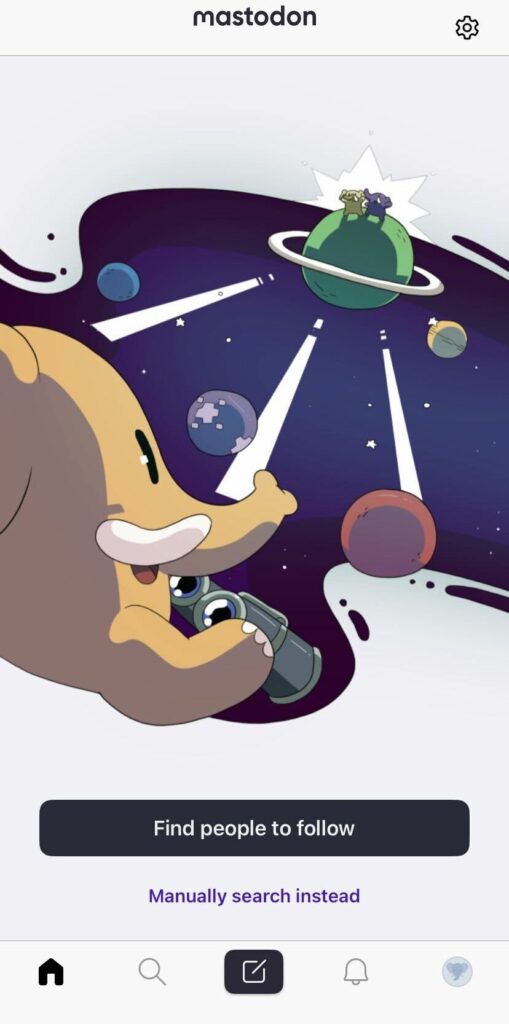


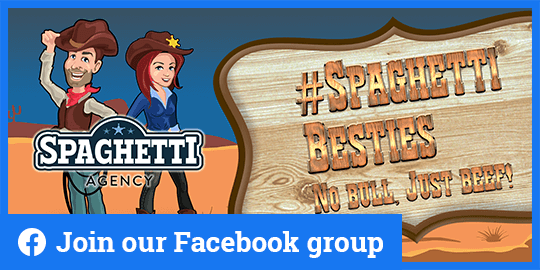



0 comments on this article